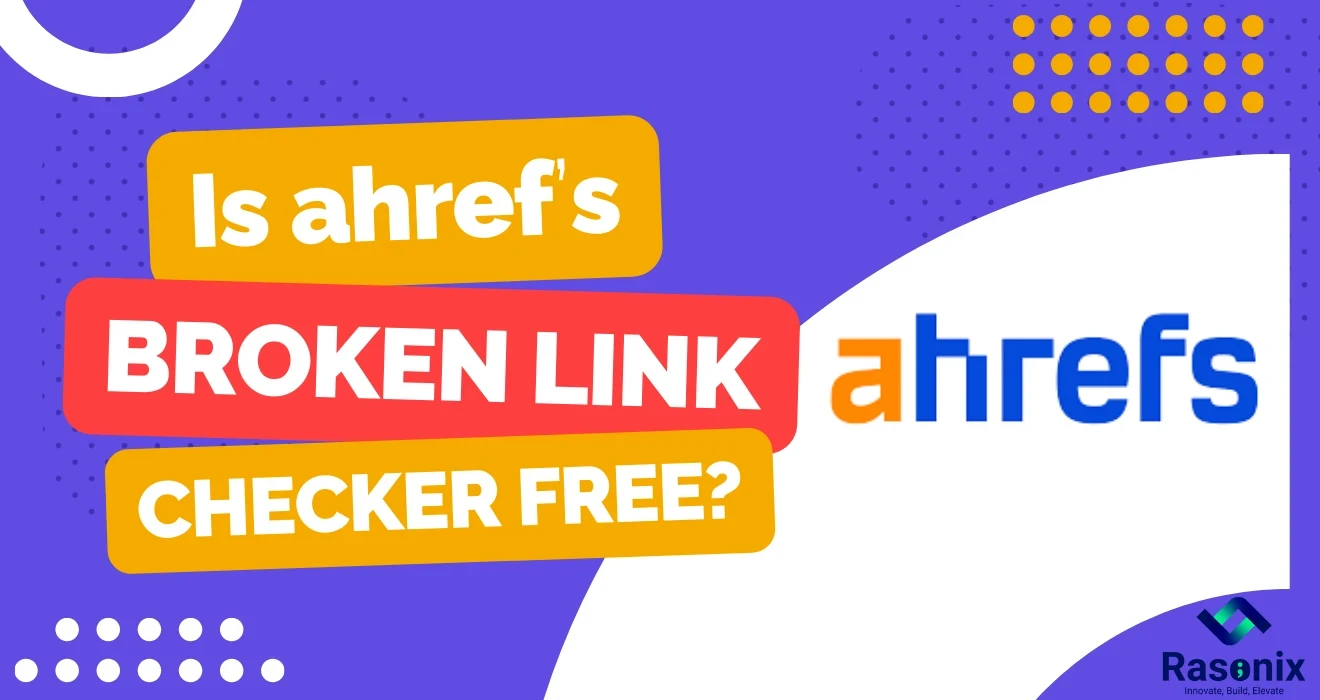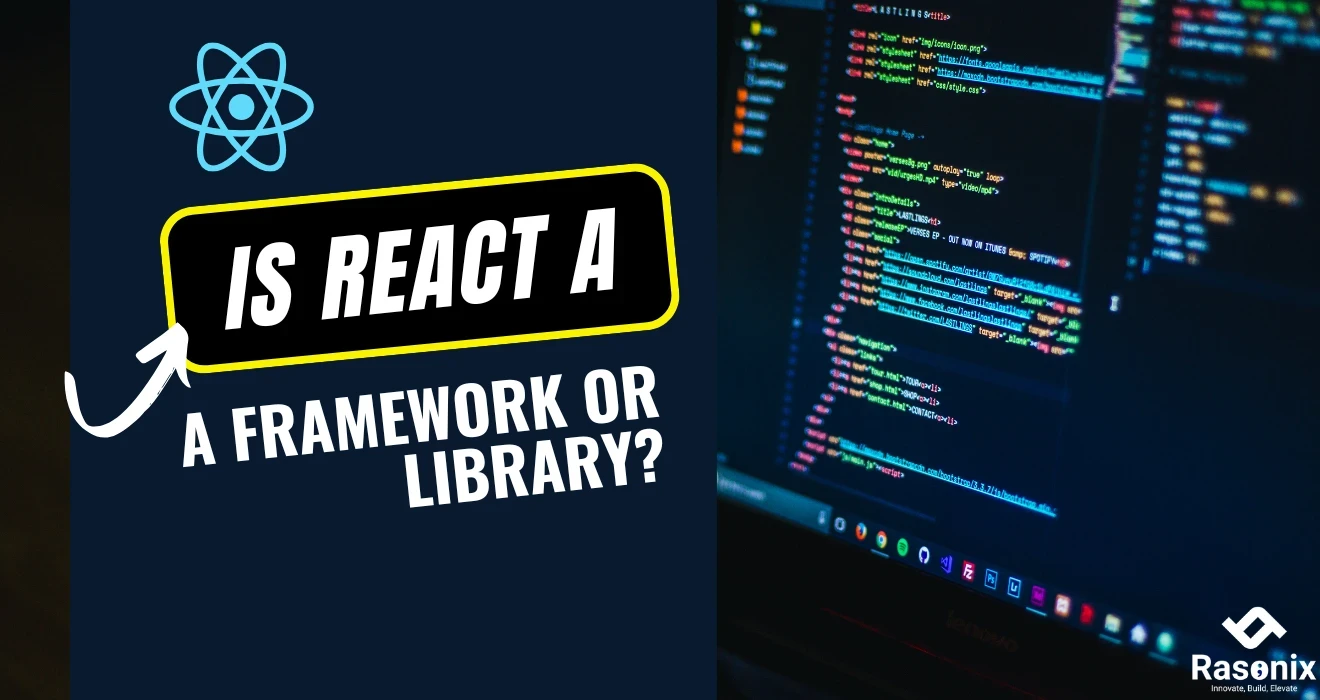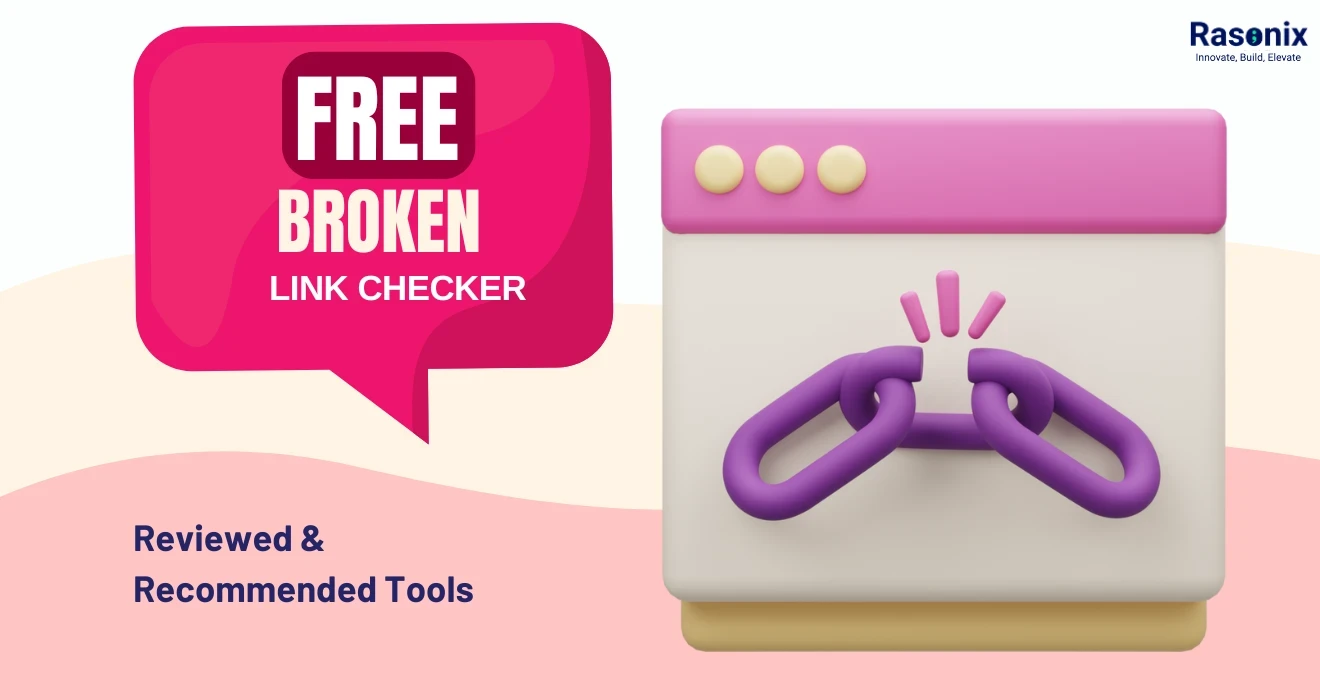Let’s be honest, when I first got into web development, all I could think about was how to make things look cool. Smooth buttons, clean layouts, flashy animations. I thought that was the whole game. But then I hit a wall. Things looked great, but nothing worked. No data, no login, no functionality.
That’s when I discovered the real magic of back-end technologies.
While front-end technologies handle what users see, the back-end is what makes things happen. It’s the brain of every app, the part that talks to servers stores your data, processes your login, and keeps everything running behind the scenes. And once I started digging into it, I realized just how deep and powerful the back-end world is.
In this blog, I’m breaking down everything I’ve learned (and still learning!) about back-end development. From the languages and frameworks powering today’s web apps to databases, APIs, cloud platforms, and even the role of a back-end developer. This is your practical guide to understanding the engine behind modern websites and applications.
If you’ve ever asked yourself, What are the most popular back-end technologies? Is SQL backend or frontend? What does a back-end developer do? You’re in the right place.
Let’s get into it.
What Exactly is the Back-End Technologies?
So, what is the back end? Simply put, it's everything that users don't see but experience through interaction. Back-end development involves server-side logic, databases, authentication, and APIs.
Think of it this way, front-end technologies are like a car’s dashboard and design, while back-end technologies are the engine, transmission, and fuel system that make it move.
Front-End vs. Back-End:
|
Front-End Technologies
|
Back-End Technologies
|
|
These include HTML, CSS, JavaScript, and frameworks like React, Angular, or Vue.js. They handle user interfaces and user experiences. (This is your visual, interactive side.)
|
These include programming languages, servers, databases, and APIs that process data, manage user sessions, and communicate with front-end technologies.
|
The List of Back-End Technologies for 2025
One of the most common questions I hear is: "What are the back-end technologies?" Here’s a comprehensive back-end technologies list categorized for better clarity:
1. Programming Languages (aka Back-End Language
These are the building blocks of back-end development:
● Python: Beginner-friendly, widely used in AI/ML and web development with Django/Flask.
● Java: The king of enterprise apps. Scalable and secure. Commonly paired with Spring Boot. (Yes, Java back-end technologies still dominate.)
● Node.js (JavaScript): Great for full-stack JavaScript development and real-time apps.
● PHP: Despite the jokes, it's still powerful, especially with Laravel.
● Ruby: Loved for its elegant syntax and Rails framework.
● Go (Golang): Fast, efficient, and great for performance-heavy apps.
● C#/.NET: Strong Microsoft ecosystem support with ASP.NET Core.
|
Language
|
Strengths
|
Common Frameworks
|
|
Python
|
Readable, versatile
|
Django, Flask
|
|
Java
|
Scalable, secure
|
Spring Boot
|
|
JavaScript
|
Full-stack, real-time
|
Express.js
|
|
PHP
|
Easy to deploy
|
Laravel, Symfony
|
|
Ruby
|
Developer-friendly
|
Ruby on Rails
|
|
Go
|
High-performance
|
Standard Library
|
|
C#
|
Enterprise-ready
|
ASP.NET Core
|
2. Frameworks
Frameworks simplify and speed up back-end development:
● Django (Python)
● Spring Boot (Java)
● Express.js (Node.js)
● Laravel (PHP)
● Ruby on Rails (Ruby)
● ASP.NET Core (C#)
3. Databases
A big question: Is SQL backend or frontend? SQL is absolutely back-end. It’s used to interact with databases that store and retrieve data for applications.
● Relational (SQL): MySQL, PostgreSQL, SQL Server, Oracle.
● Non-Relational (NoSQL): MongoDB, Cassandra, Redis, Neo4j.
These back-end technologies help you decide between structured or unstructured data handling. SQL is perfect for structured use cases like billing systems, while NoSQL fits best in real-time apps or big data analytics.
4. Servers
Servers are important in back-end development. Common options:
● Apache
● Nginx
● Microsoft IIS
They serve content, handle traffic, and support application hosting.
5. APIs (Application Programming Interfaces)
APIs allow front-end technologies and back-end systems to communicate. RESTful APIs are the most common, but GraphQL is catching up for flexibility.
6. Cloud Platforms
Cloud is essential to modern back-end development:
● Amazon Web Services (AWS)
● Google Cloud Platform (GCP)
● Microsoft Azure
They provide scalable infrastructure, security, and reliability.
What Does a Back-End Developer Do?
If you’re wondering what a back-end developer is, they’re the problem solvers of the web. A back-end developer builds and maintains the logic, databases, servers, and APIs.
Core Responsibilities:
● Writing server-side logic.
● Managing databases.
● Creating secure APIs.
● Deploying and maintaining applications.
● Collaborating with front-end developers.
● Ensuring security (authentication, data encryption, SQL injection protection).
● Integrating with DevOps tools (Docker, Jenkins, CI/CD).
Key Skills:
● Mastery of back-end languages and frameworks.
● SQL and NoSQL database knowledge.
● Understanding of server and API architecture.
● Familiarity with Git, Linux, and deployment tools.
● Strong debugging and problem-solving.
The Evolution of Back-End Technologies: Trends to Watch
Back-end technologies are evolving fast. Here are trends I’m excited about:
● Microservices: Instead of one monolithic app, break it down into smaller services. Easier to scale, test, and deploy.
● Serverless Computing: Write code without worrying about infrastructure (AWS Lambda is a go-to).
● GraphQL: A smarter way to query data, less over-fetching than REST.
● AI Integration: AI-powered features, data analysis, and personalization.
● WebAssembly on Server: For performance-heavy use cases.
● Enhanced Security: Back-end development is increasingly security-driven.
Choosing the Right Back-End Technologies (For Different Projects)
There’s no universal best back-end technology, it depends on the project.
Use-Cases:
● Startup MVP? Go with Python/Flask or Node.js/Express.
● Enterprise App? Choose Java/Spring Boot or .NET Core.
● Real-Time App? Opt for Node.js.
● Data-Heavy App? Python is fantastic, especially with Pandas + PostgreSQL.
Factors to Consider:
● Project scale
● Performance needs
● Developer familiarity
● Budget
● Scalability
● Community support
Embarking on a Back-End Developer Journey: Your Learning Path
Here’s how I started, and how you can too:
- Pick Your First Language: Python or JavaScript (Node.js) are friendly options.
- Learn a Framework: Django, Express, or Spring Boot.
- Understand Databases: Start with PostgreSQL or MongoDB.
- Learn to Build APIs: REST first, then explore GraphQL.
- Get Familiar with Git and deploy small projects.
- Keep Building: Real growth comes from shipping real apps.
- Stay Updated: Follow blogs, watch talks, and join communities.
Conclusion
Back-end technologies are the unsung heroes that power our digital experiences. From processing transactions to managing data, they ensure applications run smoothly and securely. As technology continues to evolve, the role of back-end development becomes even more critical.
Ready to build powerful, scalable, and future-ready web applications?
At Rasonix, we specialize in building robust back-end systems tailored to your business needs - whether you're a startup looking to scale or an enterprise modernizing your infrastructure. From Python to Node.js, Django to Laravel, and MySQL to MongoDB - our expert developers bring deep experience and best-in-class architecture to the table.
Let’s build something incredible together. Contact Rasonix today and power your digital vision with rock-solid


















 Subscribe Now
Subscribe Now